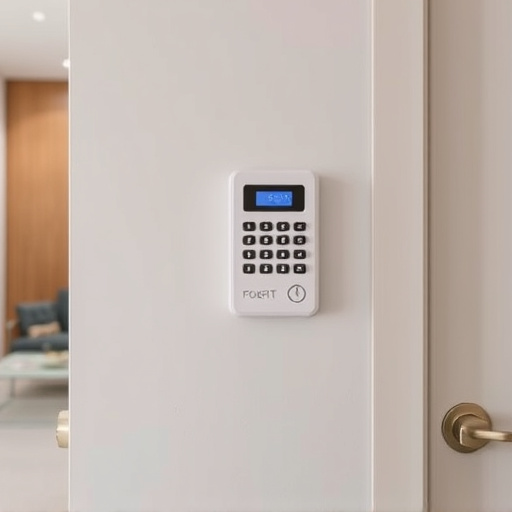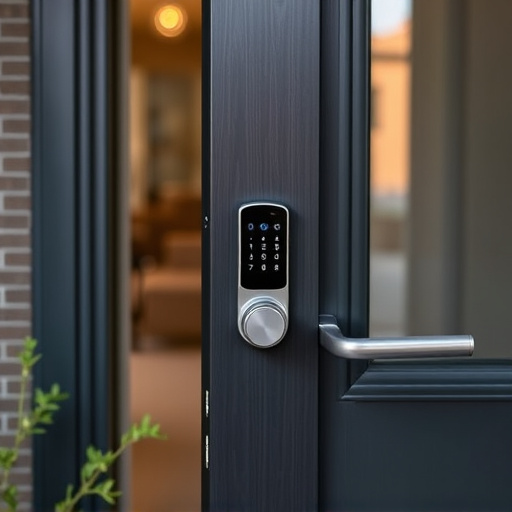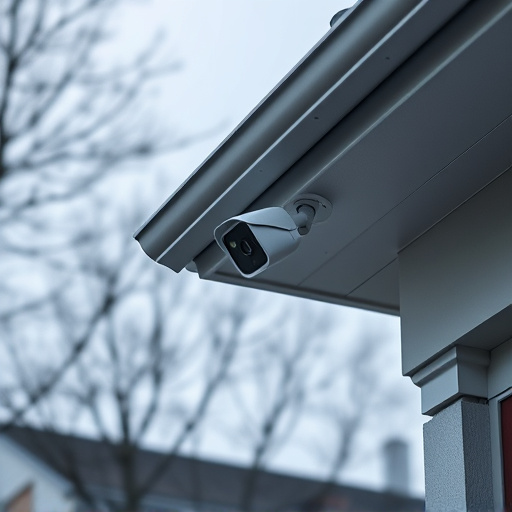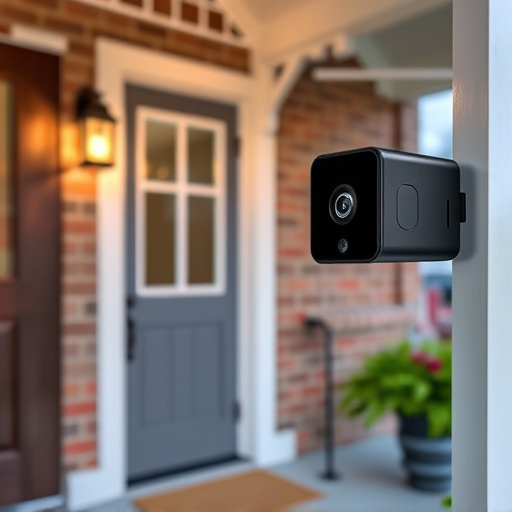Empower Your Peace: Top Self-Defense Apps for Confident Living

Feel empowered to take charge of your personal safety? Choosing the right self-defense products, lik…….
We are At Your Service
In today’s digital age, personal safety has evolved beyond traditional methods, embracing innovative solutions offered by technology. At the forefront of this revolution are mobile applications designed to empower individuals with tools to enhance their security and well-being. This article delves into the world of “Top Personal Safety Apps,” exploring their multifaceted benefits, global impact, and the transformative potential they hold for personal protection. By examining various aspects, from technological advancements to policy implications, we aim to provide a comprehensive guide for readers seeking to prioritize their safety in an increasingly complex landscape.
“Top Personal Safety Apps” refers to mobile applications specifically designed to protect and assist users in various dangerous or emergency situations. These apps offer a range of features, including real-time location tracking, personal safety alerts, emergency communication tools, and valuable resources for self-defense and risk mitigation. The core components typically include:
The concept of personal safety apps has its roots in the increasing concern over public security and the demand for accessible emergency services. Over time, these apps have evolved from basic location sharing tools to sophisticated platforms integrating advanced technologies like artificial intelligence (AI) and machine learning (ML). The global adoption of smartphones and the growing emphasis on individual empowerment have significantly contributed to their popularity.
Historically, early safety apps focused primarily on providing location-sharing capabilities, allowing users to inform contacts about their whereabouts. As technology advanced, these apps incorporated features like automated incident detection, where the app could identify potential dangers (e.g., accidents or violent incidents) and alert emergency services or designated contacts. This evolution has been driven by a combination of consumer demand, technological breakthroughs, and awareness campaigns highlighting the importance of personal safety.
The adoption of personal safety apps has spread across the globe, with varying preferences and features tailored to regional needs and cultural contexts. For instance:
Several trends are shaping the future of personal safety apps:
The global personal safety app market has experienced substantial growth in recent years, driven by rising concerns over public safety and the increasing penetration of smartphones. According to a report by ResearchAndMarkets, the market size was valued at USD 4.9 billion in 2021 and is projected to reach USD 13.8 billion by 2026, growing at a CAGR of 17.7%. This growth is attributed to factors such as:
Investors recognize the potential of personal safety apps, leading to significant funding for research and development. Startups focusing on AI-driven security solutions, IoT integration, and mental health support have attracted substantial investment. This influx of capital enables developers to enhance app features, improve user experiences, and expand their reach. The economic impact includes:
Artificial intelligence and machine learning are revolutionizing personal safety apps by enabling advanced features:
The Internet of Things (IoT) integrates personal safety apps with various devices, creating a comprehensive security network:
Advancements in biometric technologies have enhanced app security and user privacy:
The development and use of personal safety apps are subject to various legal frameworks and data privacy regulations worldwide:
Legal frameworks play a crucial role in shaping the development and adoption of personal safety apps:
One of the primary challenges facing personal safety apps is addressing privacy and data security concerns:
To overcome these issues, developers, policymakers, and users can take several steps:
Another challenge is ensuring these apps are accessible and useful for all users:
To counter these challenges:
Life360, a leading personal safety app, has successfully connected millions of users worldwide through its family safety platform. The app allows users to share their locations with trusted contacts, receive automatic alerts during emergencies, and access community-based safety information.
Impact:
SafeTrek is a personal safety app tailored for college campuses, utilizing AI and ML to predict and prevent dangerous situations. The app offers location tracking, real-time alerts, and personalized safety resources for students.
Success Factors:
While primarily a mental health app, Headspace offers valuable resources during personal safety crises. It provides mindfulness exercises, meditation techniques, and crisis support tools to help individuals manage stress and anxiety in dangerous situations.
Lessons Learned:
The future of personal safety apps holds immense potential in several key areas:
For developers and businesses in this sector, strategic considerations include:
The evolution of “Top Personal Safety Apps” reflects our increasing reliance on technology to enhance personal security. These apps provide individuals with valuable tools to protect themselves, navigate dangerous situations, and connect with support networks. As we move forward, the integration of advanced technologies like AI, IoT, and mental health resources will shape a more comprehensive safety ecosystem.
By addressing challenges related to privacy, accessibility, and usability, developers can create inclusive and effective solutions. Policymakers play a vital role in fostering an environment that supports innovation while ensuring user data protection and app safety. Ultimately, these apps have the potential to make communities safer, empower individuals, and contribute to a more secure future for all.

Feel empowered to take charge of your personal safety? Choosing the right self-defense products, lik…….

Experience unparalleled peace of mind with cutting-edge safety technology devices. These innovative…….

Experience unparalleled peace of mind with cutting-edge safety technology devices that seamlessly in…….

Experience a new era of personal safety with cutting-edge self-defense gadgets designed to empower y…….

Discover a new level of security and peace of mind with cutting-edge safety technology devices. Thes…….

Experience unparalleled peace of mind and empowerment with cutting-edge self-defense gadgets designe…….

Unlock a new era of peace of mind with our Buying Guide: Personal Safety. This essential resource em…….

Experience unparalleled peace of mind with personal alarm systems seamlessly integrated into your sm…….